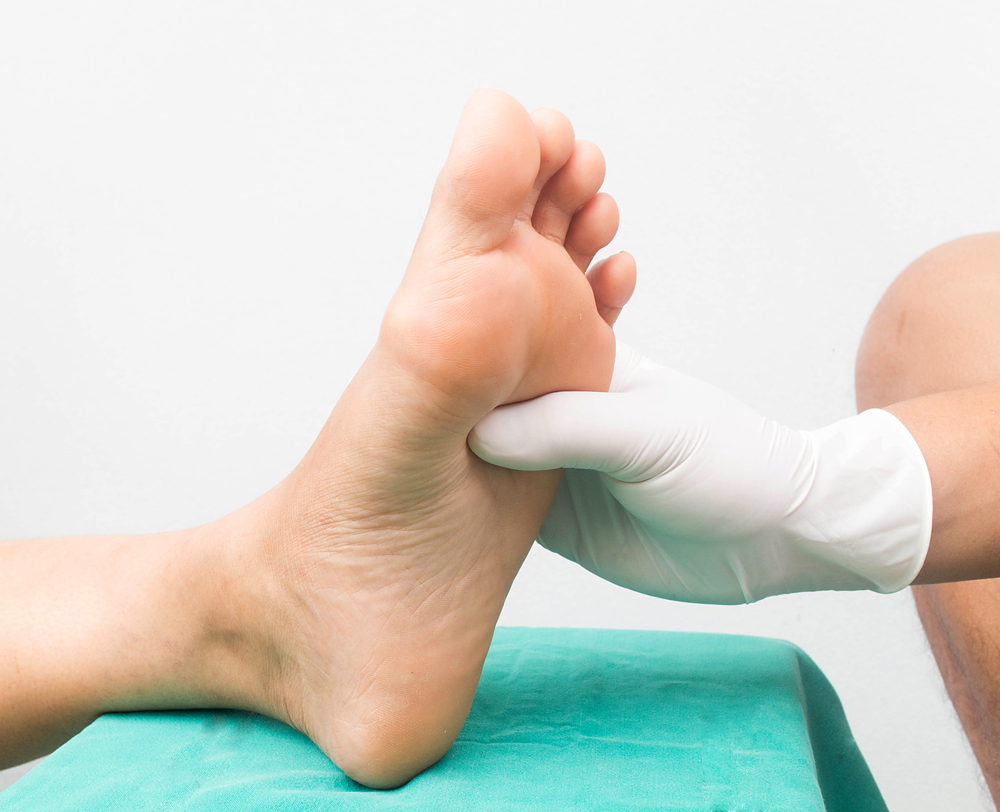DIAGNOSIS
This condition is normally diagnosed based on the symptoms, your medical history and a physical exam that includes checking your muscle strength and tone, tendon reflexes, and sensitivity to touch, vibration and temperature.
Your doctor may also recommend tests such as:
Nerve conduction studies. This test is commonly used to diagnose carpal tunnel syndrome, measures how fast the nerves in your legs and arms conduct electrical signals.
Electromyography (EMG). Measures the muscles’ electrical discharges produced.
Filament test. Soft nylon fiber called a monofilament is used to test sensitivity to touch.
Quantitative sensory testing. To understand how your nerves react to vibration and modification in temperature
Autonomic testing. Your doctor may request special exams to see your blood pressure in different positions and determine your ability to sweat if you have symptoms of autonomic neuropathy.
TREATMENT
Diabetic neuropathy has no known cure; however, there are some treatments that center on:
Relieving pain. Some drugs are used to relieve nerve pain; however, they don’t work for everybody and most have side effects. There are also several alternative therapies, such as physical therapy or acupuncture, and capsaicin cream that may help with pain relief.
Delaying the disease progression. To help in avoiding or delaying the progression of diabetic neuropathy, keeping your blood sugar within target range is great and may even mend some of the symptoms you already have.
Follow your doctor’s recommendations for good foot care, follow a healthy-eating plan, keep your blood pressure under control, maintain a healthy weight, get plenty of physical activity and avoid smoking and alcoholic drinks. All these can help slow down nerve damages.


